Arequipa
After sleeping until after 11am, the first day was never going to be crazy. We climbed to 2400 metres, (7900 feet) above sea level and the next few days are all about taking it easy and acclimatising to dxthe altitude before climbing to Puno which is 3827 metres above sea level.
We ambled into the plaza late in the morning and watched the world go by for a while.
Arequipa is the colonial-era capital of Peru’s Arequipa Region. Framed by 3 volcanoes, it's filled with baroque buildings constructed from sillar, a white volcanic stone. Its historic center is anchored by the Plaza de Armas, a stately main square flanked on its north by the 17th-century neoclassical Basilica Cathedral.
In the afternoon we took a trip to the Rota de Sillar, where you can witness the entire process of extraction and carving in detail of this mineral. Sillar Rosado, a canyon that, thanks to the particular combination of sand, rock, sillar and the effects of sunlight, reflects a captivating pink color on its structures. Because of it's so narrow, ground, it feels like the a setting of Indiana Jones.
Sillar stone is a volcanic sediment made up of ash and lapilli, which are small fragments of lava expelled during volcanic eruptions. The use of this material dates back to pre-Inca times and lasted over time thanks to its lightness, softness and plasticity. These characteristics inspired men to sculpt Hispanic and indigenous figures.
On the way back to the hotel, we stopped off at the Yanuahara district to get a great view of the 3 volcanoes. Misti, Chachani and Pichu Pichu.
Misti Volcano is located in the Arequipa region, between the Chachani and Pichu Pichu volcanoes. It has an elevation of 5,825 meters above sea level and it's one of the few active volcanoes in Peru.
There are blue signs all over the city. They indicate places of relative safety in the event of large tremors.




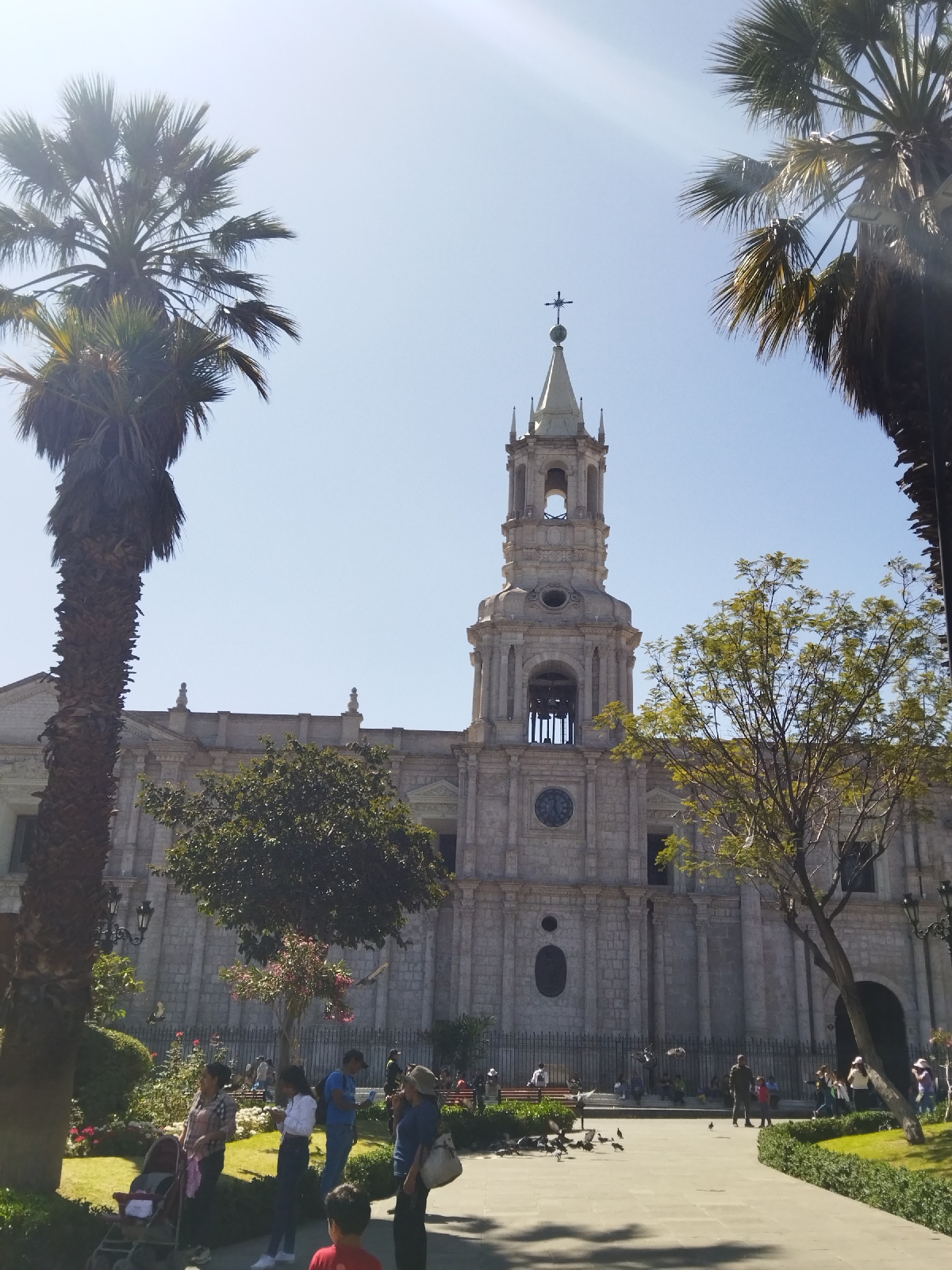








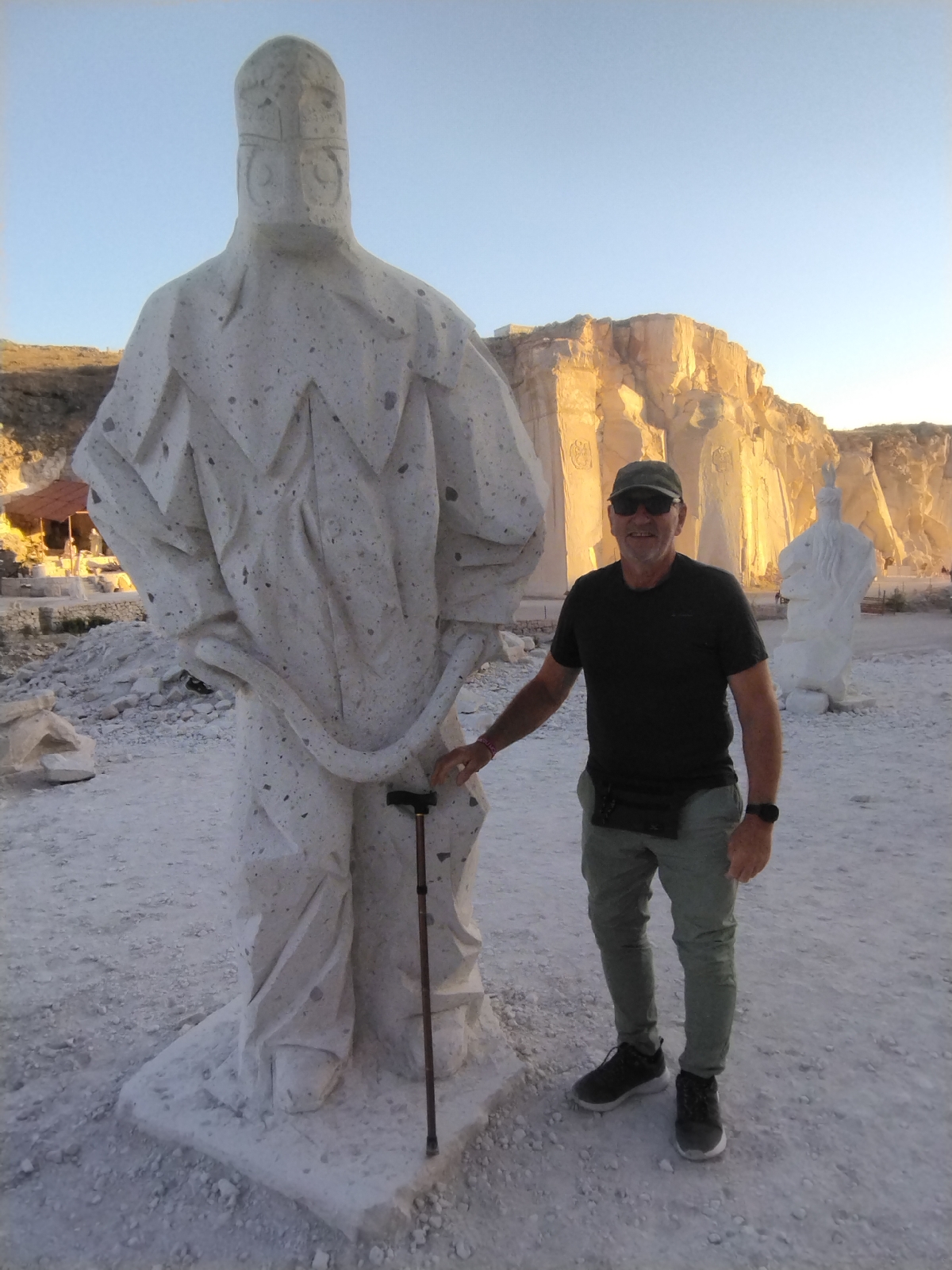


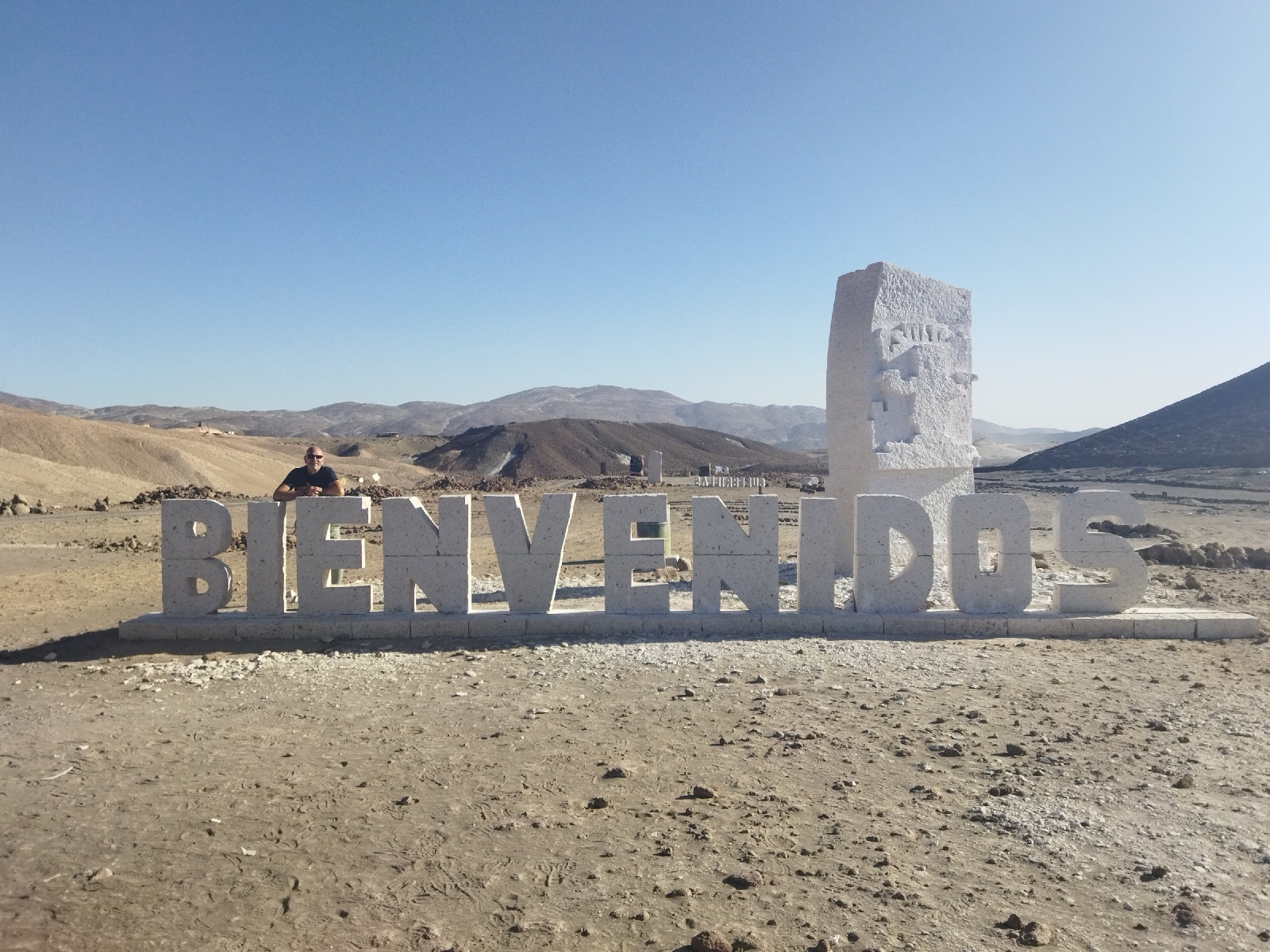




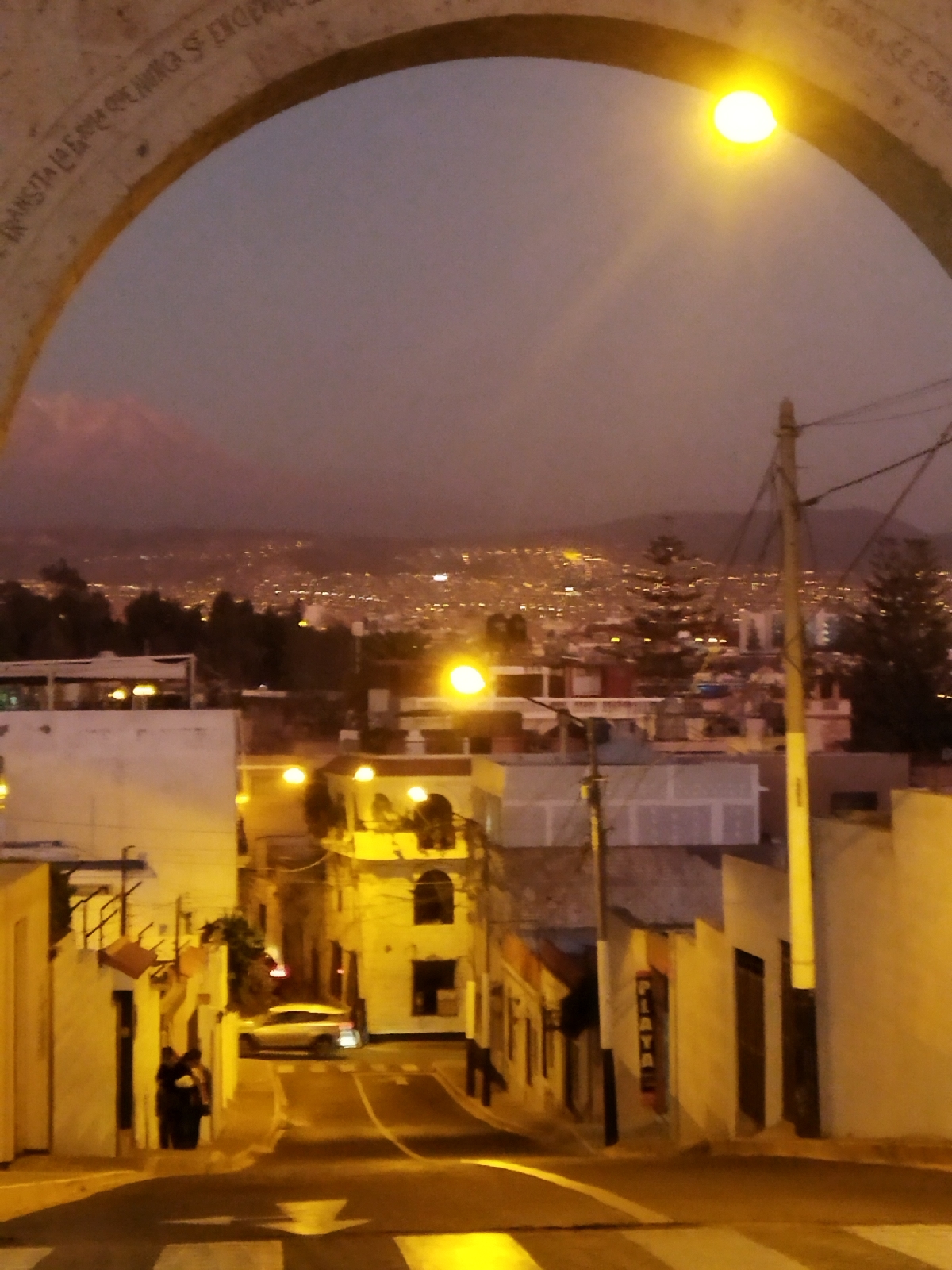

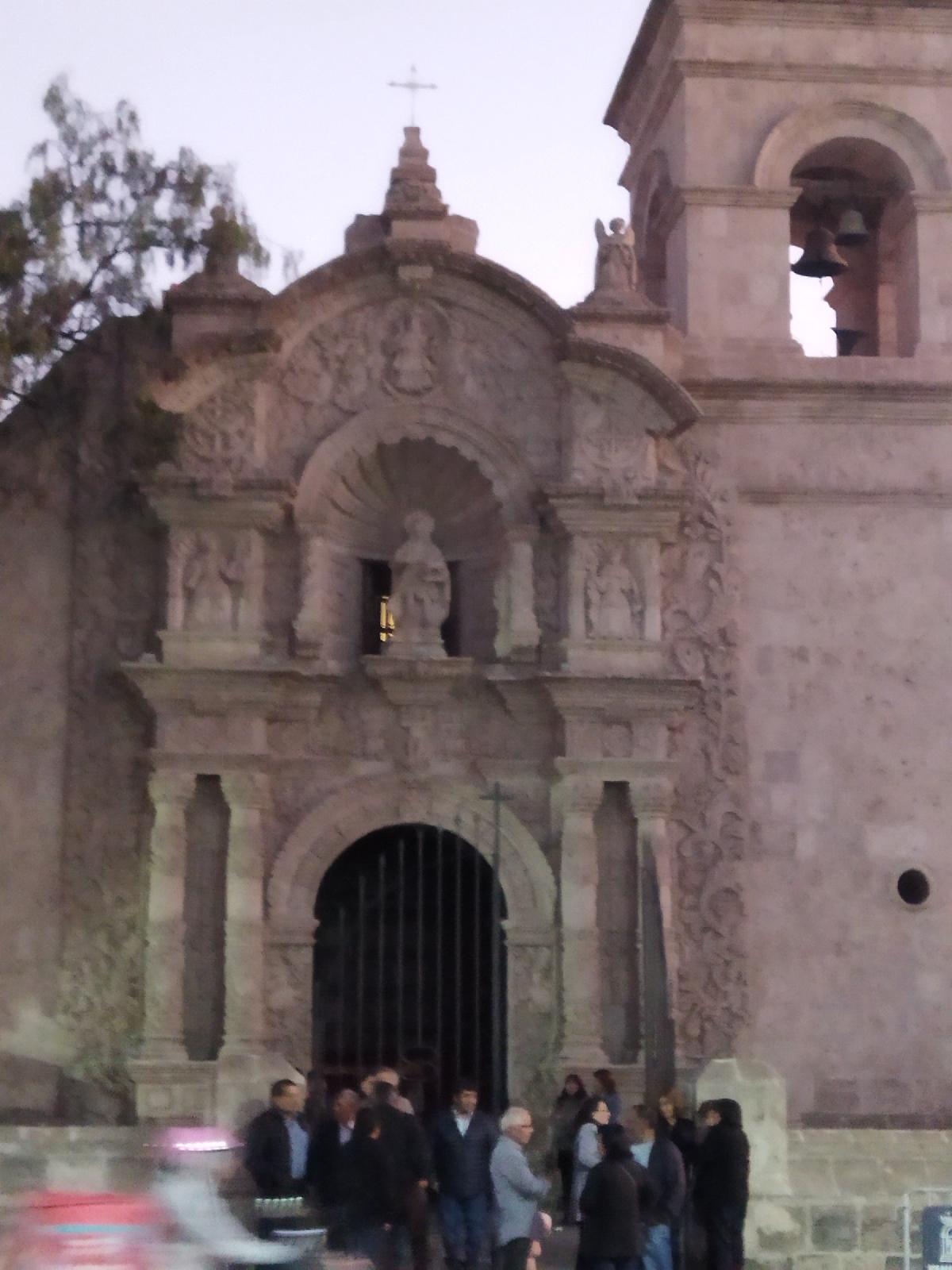
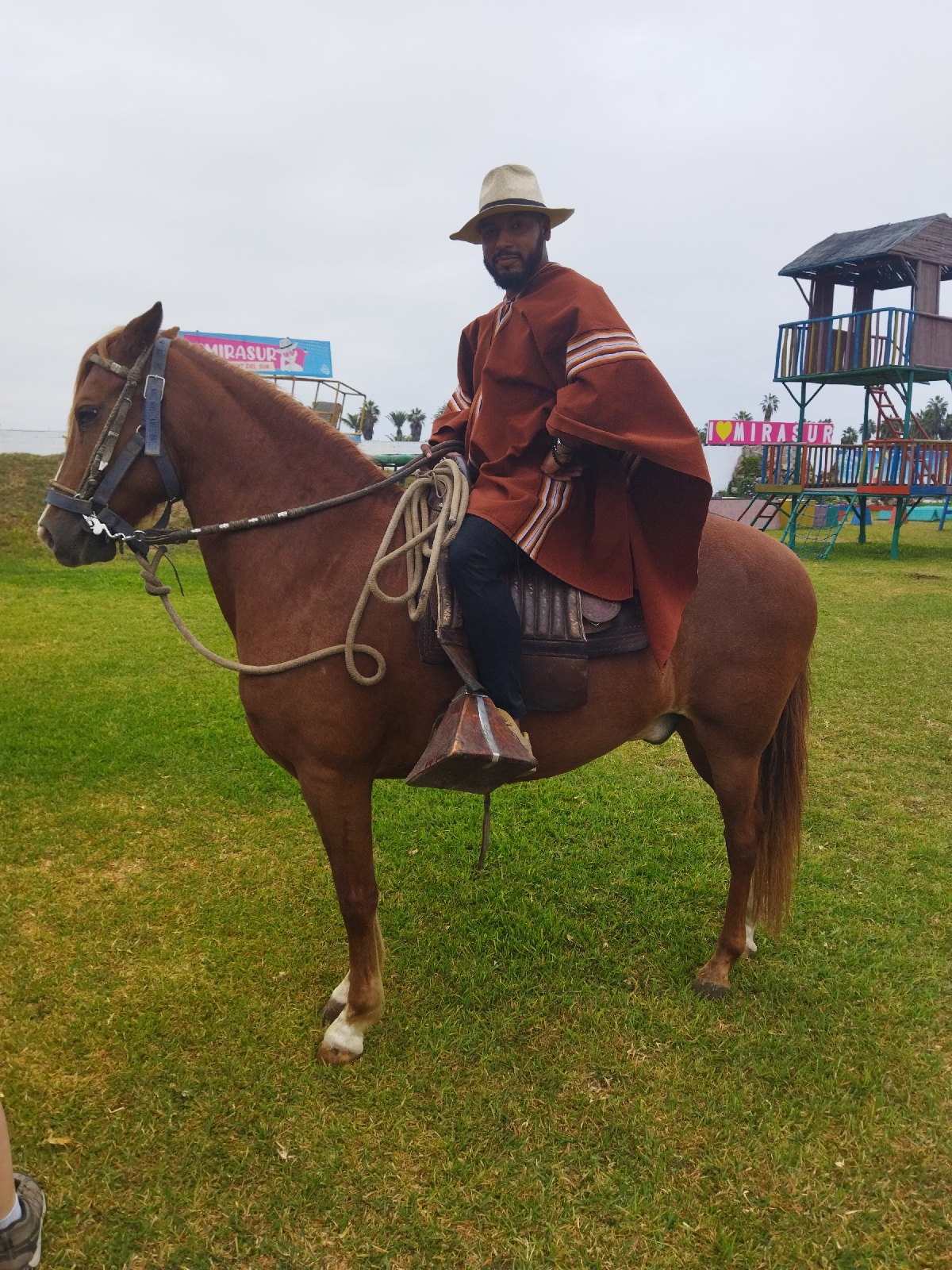

Comments
Post a Comment